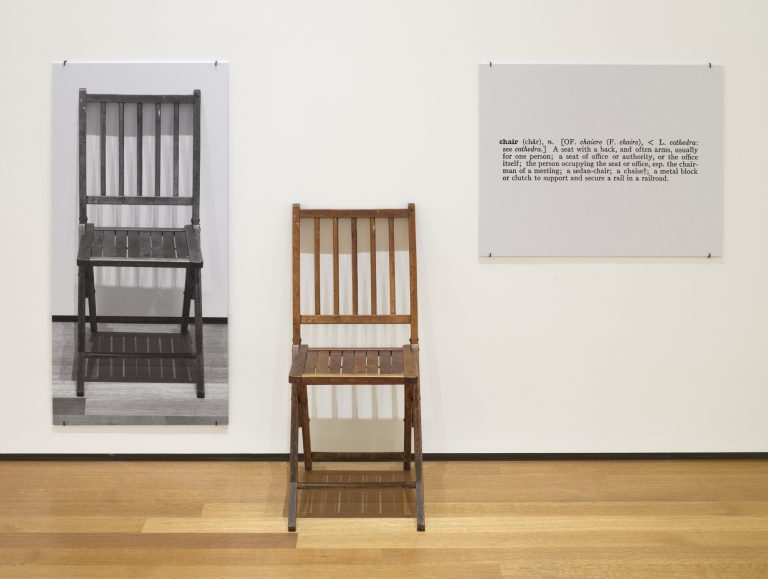Define/Destroy as a Method
Define/Destroy consists of doing the following cycle over and over, until the resulting glossary is satisfactory. The cycle is at the core of the Define/Destroy method.
- Define:
- Transcribe discussions during innovation.
- Assume that each term mentioned in the transcript carries its common-sense meaning, and therefore, that its common-sense definition applies (the one in a dictionary).
- Assign the common-sense definition to each term. This produces a glossary.
- Split all identified terms in the glossary into three groups:
- Terms that do not have ordinary definitions, called neologisms (they are coined during innovation);
- Terms that have some specific, non-standard meaning, and call them new concepts;
- Terms that still have their ordinary meaning, and call them old concepts.
- Add definitions of neologisms and new concepts to the glossary.
- Destroy:
- Have all participants review the glossary and identify ambiguity, vagueness, omissions, or any other deficiencies in the glossary.
- Have all or some participants make changes to the glossary, depending on how you assigned responsibilities.
- This will result in a changed glossary, and completes one iteration.
- Repeat: Add the changed glossary to existing and new transcriptions, and start the Define phase again.

As apparent above, the method is iterative. Each iteration has two steps. The very first time the method is applied, in the first iteration, Define will result in a glossary where every term will have its common-sense definition. Since the method is used during innovation, that first glossary will be wrong; if it were correct, there would be nothing new – the glossary would simply recall common definitions of terms, that is, there would be no new ideas that require new terms, or redefine existing ones.
The second step, Destroy, takes the glossary and changes it – changes are reactions to deficiencies, specifically that the glossary fails to capture the novelty that was discussed. Those asked to review the glossary should find that common-sense definitions do to accurately reflect the ideas they wanted to convey and capture; therefore, they will be revising the definitions of at least some terms, and that will in turn lead to a new version of the glossary, and where definitions will now include new terms, not defined yet. If there are additional discussions, they will only add more changes, as they will be transcribed, new terms will be identified, and added to the glossary. The initial glossary will no longer reflect adequately the available information, and a new Define/Destroy iteration can be done.





